
 The night is coming early now. The animals head for their homes around 5 pm. Twilight is nigh. In the distance the lone cry of a coyote can be heard, pitiful and mournful. Perhaps he lost his mate, or his family. Who cares for the coyotes? The farm dogs bark in answer and set off in a frenzy in the direction of the soulful howl, but they stop and do not proceed. Something they know prevents them from chasing him off. They listen and return to their night watch. It has rained all day, a much needed rain to quench the parched Earth. The moon is not visible behind the clouds, but the clouds are not angry. There is no storm, no wind, just a gentle rain, warm for this time of the year. Here on the farm, no little ones will venture looking for treats. No pumpkins are carved and no harvest celebration laid forth. It is a night of peace, solitude, remembrance of the loved ones who have gone on to the other side and a simple meal in gratitude. May your Samhain also be a time to relive a moment of time with one no longer part of this world, and in that moment, sense the gratitude for being part of your life. May you have a Happy Halloween!
1 Comment
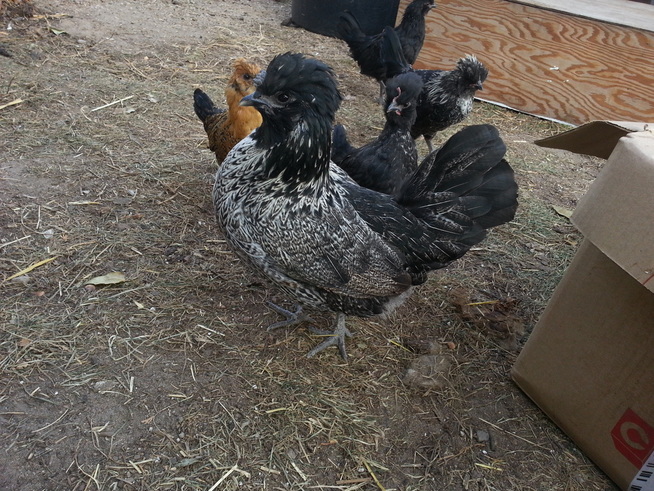 This is the broody hen number 2. She is likely Polish and Ameraucana, but one of those would have been the bantam version, meaning downsized chicken. She has the tufts of the Polish breed and lays white eggs. Perhaps she is part Houdan, another crested chicken. Her vision is slightly impaired by her feathers on top of her head, but she manages. Her young ones look very much like her. It appears as though the golden and black hen was the offspring of the Japanese bantam rooster. The others are most likely the result of the mating with the Ameraucana/Polish bantam rooster. This hen's genes are strong though, since each baby has a tufted head and a similar feather pattern to her. The two mostly black chicks are roosters and the the gold and black and black and white are hens. The mother is quite friendly and likes to be around people, but she is not tame. Her babies have similar dispositions, yet are a little more wary of humans. They are comfortable with the dogs and cats and often eat their meat while they are resting nearby. The dogs have been reprimanded for chasing the chickens off, since they are very large dogs in comparison and they do let the chickens eat their meat for the most part. The hen and chicks roost in the trees for the night. They have been caught and locked in the coop for 5 days, hoping they would call it home for the nights so they are protected from the elements, yet they prefer the tree. The next time they are caught, they will have to live in a cage in the coop for some time, with the other broodies 10 babies that are a month older. There are several roosters in that brood too, and I am hoping they all get along. People have remarked on these chickens and asked to buy some. They are superior foragers and very good at looking after themselves. They do not eat much grain, but prefer the bugs and greens they find, yet the hen lays an egg a day. The problem is finding the nest. One was in the barn, one was in the bush, one was under the Juniper tree and another under the wood pile. Where she is laying now, I have yet to discover. Thank you for your gift of amazing babies, mother chicken. I am grateful. 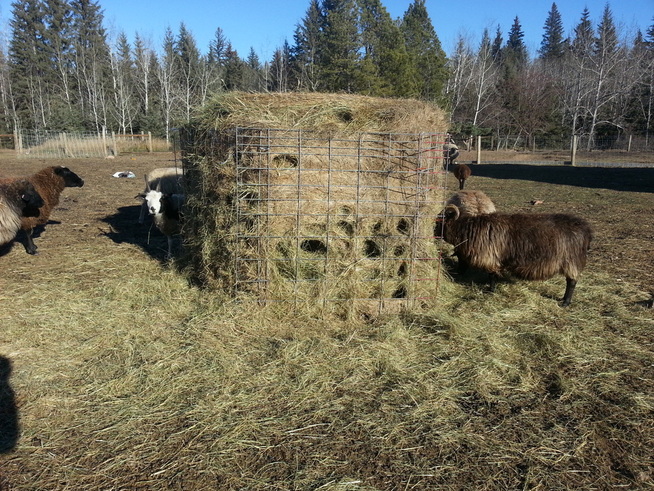 Most of the sheep are rare breeds, heritage sheep with long wool. There are a few with dense wool, the E'st a Laine Merinos and Southdown Babydolls, but more with long wool like the Karakuls, Icelandics and Cotswolds. Dense wool tends to shed vegetative matter, while long wool attracts and holds debris like burrs and hay. It is almost impossible to keep the hay off the sheep. The first year I made a feeder by tying a livestock panel against the fence, that is a heavy gauge wire panel, 52 inches high and 16 feet long, with gradient spaces from 2 inches at the bottom to 8 inches at the top. The sheep stuck their heads through the panel to eat and that worked for most except the horned sheep. I tried making it more vertical but had to restock it too often. So the hay ruined the fleece that year. Last year I built a feeder out of wood, which improved the falling hay somewhat, except the very tame fat ewes ran to where I was loading the feeder and inadvertently got hay on their backs. The smaller sheep stood under the larger sheep to eat lower and the large sheep pulled the hay out and it fell onto the small sheep. It seemed a no win situation. I researched how to keep fleece free of vegetative matter and there were many versions of the two feeders I had already tried which did not work for my sheep. Feeding on the ground results in great waste, so that option was out. It seemed sheep coats were the only answer. I found a type of feeder made from what appeared to be livestock panels that were 4 feet by 52 inches, without the gradient increments of openings. It was latched together around a large round bale which stood upright. I cut two of the long panels with an angle grinder and used twine and a few stainless clips that were around to put it together. The sheep were put in the adjacent pen for the construction and importation of the bale and let in when it was complete. It seems to keep the hay from their backs. The sheep with large horns will still have to work harder to eat, since they cannot stick their heads very far in the openings. I noted that the commercial version of this feeder has four larger openings cut in, so I will try that with the next model for the rams. I do not like using the angle grinder to cut the metal though. What a horrible job with sparks flying everywhere. Gross. Now the new feeder is on trial. So far so good. There is quite a bit of waste though. I was hoping for none. It seems sheep are bad that way. If this functions well, I will make one for the ewe lambs and one for the goats as well. Then I can spend the time I would normally be forking hay over petting the sheep instead. Fingers are crossed! 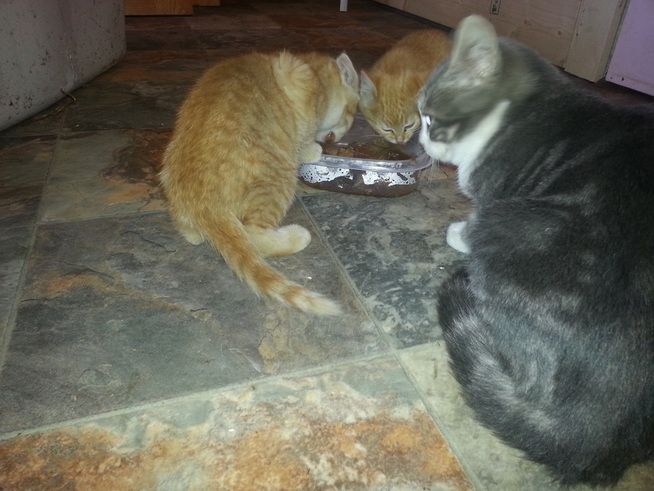 Winter is a hard time for the dogs and cats. Though they grow thick winter coats, especially the livestock guardian dogs, I am sure they feel the cold. Harley, my oldest dog, was a rescue dog. He was skin and bones at 68 pounds when I got him and he should have weighed double. The vet could find nothing wrong, but it was my close observation of him when he ate dry dog food that convinced me, it hurt his stomach. And no wonder, GMO grains are the prime ingredients in even the expensive food these dogs were getting at forty dollars a bag. So, I drove and hour each way to get Harley meat and bones. I watched him blossom too and with that, he showed me the love in his heart and his gratitude for saving his life. I feel it. And the rest of the dogs thereafter have only gotten raw meat and bones for the most part, except in winter. The 50 pound boxes of dog food freeze solid and must be taken in the porch for two days to thaw. Cold dogs and cats eating ice cold food cannot warm their bodies. Sometimes I boil the meat and bones with a little oatmeal and treat them to a warm meal. It has been minus 12 the past two days and the kittens are cold and crying. Today they had a hot meal of beef heart and oatmeal, boiled until tender. To ensure the cats got the food and not the dogs, I brought them in the porch to eat, another treat, only the little ones want to come all the time where it is warm. I am allergic to cats and rabbits, though I have both. As long as they are outside I tend to tolerate them just fine. It is inside that causes trouble, so the cats are outside cats. Often they snuggle up to Jade or Ofcharka and stay toasty warm. These dogs work at night, though, so they must snuggle with each other in their sideways barrel cat house. They are quite comfortable really and a little spoiled with their hot winter meals. It is good to be on the Fat Ewe Farm.  I would have liked a photo of myself trying to milk Sarah. It would have been quite comical! I would have liked a photo of myself trying to milk Sarah. It would have been quite comical! The Nigerian Dwarf doe and the French Alpine are dairy goats. Their little doelings are being weaned, and the result is that the udders of these dairy ladies are hard and likely painful. So, I helped them out a little. I would like to milk the goats and have a stantion, but it is winter now, or almost, and I do not think milking in the frozen cold would be much fun. Sarah, the Alpine, was not wanting to have much to do with milking. She is ultra tame, and does not run away, so it is easy to catch her, but the moment I touched her udder, she kicked at me with her back leg and tried to run. I leaned her into the fence and held her there with my weight and proceeded to milk her out just a little, just enough to take the majority of the pressure from her udder. Once it was not so hard, I let her go, milk covering my shoe. It was likely not much more than an ounce from each teat that I milked, but once I started she relaxed. I do not think it would be difficult to train her to milk. Next kidding, when the weather is warm, I will milk share with her kid. Daphne, the Nigerian Dwarf, is fairly tame too, and she stood to be milked after a little coaxing. Again, I only relieved the pressure for her. This should prevent mastitis. Ideally, it would be better to gradually wean the babies, that is allow them to drink twice a day, then after a week, once a day, then every two days and so on, but that is a tremendous effort to catch the babies when they do not want to leave the mothers, or vice versa, and the crying starts all over again. All at once weaning is a little harder on the pairs for a few days, then they quickly adjust and go on with their business. After three weeks, or possibly four, the does should be dry and the babies could be returned to the mothers. The mothers will then no longer stand to let the babies nurse, usually. If they are not completely dried up, then there is the possibility that the milk could return, so it is better to ensure that the does are dry, even if it is a month's time. The Boer/Pygmy goat does not seem to have any difficulty with weaning, neither calling for her baby, or with a hard udder and her baby is adjusting to being on her own quite well. The three little doelings cuddle together in their hoop house and keep one another company. Sarah, the Alpine is for sale, along with her doeling, and the Boer/Pygmy and her Pygmy with 25% Boer doeling is as well. As much as I like the goats, I cannot keep them all and these two do not quite fit my next idea of breeding Pygora goats for their fiber. It will likely be after kidding that they will find new homes. At least I have had a little practice milking and will have Daphne to milk share with next kidding.  The White Chantecler rooster The White Chantecler rooster The Chantecler breed is a Canadian breed of chicken. It was created by a monk fancier of chickens in Quebec and is very cold hardy. The chicken was bred for meat and egg production as an all around breed suited for the harsh Canadian winters. That was in the early 1900's. Around 1930 a coloured breed, also called Chantecler, but not in any way related to the good brother's white Chantecler, was introduced. The Fat Ewe Farm now has a white Chantecler rooster and 5 each of the partridge and white Chantecler chickens. The partridge variety is well suited to a free range operation and can readily fend for themselves, while the white Chateclers are docile and friendly and suited to being penned or captive all the time. Both lay brown eggs. The white girls are nearly at the point of lay and the partridge coloured ones are right behind them. The whites should lay through the winter if they are warm enough and are provided with auxiliary light which stimulates their laying cycles. Welcome to the farm, pretty birdies.  There are beavers here. All along the creek that traverses the property, south to north on its way to the Kehiwin Lake, the beavers make their dams and homes. They are a problem for farmers some times, because they dam the creeks and flood the fields. The south pond is much larger and shallower than ever due to the beaver activity and there is a new outcropping spilling on to the meadow where the water has over flowed its banks. This is due to the activity of the beavers. Yesterday, I spoke to a trapper who will come in the spring and trap the beavers for their furs. I will keep the meat for the dogs. Beaver tail is a delicacy that was enjoyed by First Nations people, but I do not think I would like to try it. Last year the dogs came home with a beaver tail though, and they fought over who was going to eat it, so it must be good. After the beavers are gone, their dams and homes must be dynamited to allow the water to return to a more normal state and free the land the beavers have flooded to increase their hunting and fishing grounds. The Game officers here are not interested in the beavers. At one time there were not as many, but they have made a tremendous come back and are no longer protected. I am sorry beavers, but you are going to have to go, before you overtake the whole meadow! 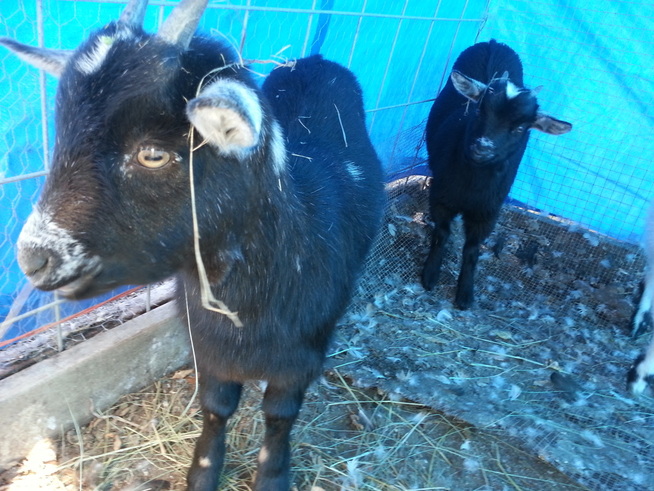 It is time to wean the baby goats. They cry like babies, really they do. If you did not know it was an animal, you would swear a baby was crying. The smaller goats with the higher voices are pathetic to listen to. It makes me want to pick them up and cuddle them, so I do. Raven, the little boy, Weezie's twin, is in with the Flemish Giant buck in a hoop house. They will stay together for the winter. The rabbit will build himself a nicely sculpted winter den, but at the moment, the buckling is tiny enough to fit right in the house. So, those two will be good company. The little doelings were just weaned the day before yesterday. They busted through the shelter by pushing the chicken wire hard enough to make a hole and then climbing out. A bale of straw has stopped them for the time being. They too have some straw, but they will be returned to the does in three weeks, long enough to have the mothers' milk dry up. The babies and moms will recognize each other for the rest of their lives. It is not uncommon for a doe and her grown doelings to cuddle together years after they are all mature. The poor little girls are so stressed and so are some of the moms. The Alpine does not seem to mind one way or the other. I milked a little from her to release the pressure. She did not like it one bit so I turned her upside down and milked her on her side, just enough to soften the udder. She is the only one who had a very hard udder which can result in mastitis, though not generally. The other moms seem to be adapted well. This is also a good chance for me to spend some time with the doelings. The only one being kept is the little white one, named Daria, Daphne's baby. Daphne is a beautiful Nigerian Dwarf and her babies, without exception so far, are superior breeding stock, no matter which billy she was bred to. Her last year's doeling will be bred this year, hopefully, to produce an exquisite little one or two, just like her mother. In the meantime, the pathetic cries of babies are heard all around the farm, sigh. 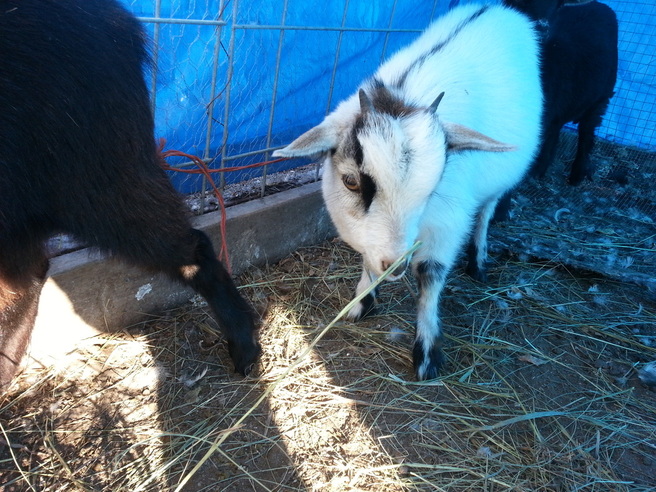 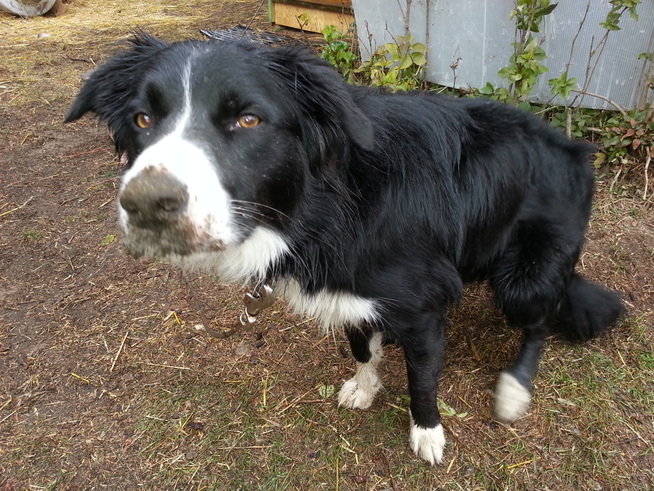 The dogs like to bury their meat when they are full and there are left overs. Aside from preserving it, burying it does several other things: it keeps the flies off of it. It is disgusting, but in the heat of the summer, the blue fly eggs can be so thick on the meat, that it looks like snow. Yeach! It keeps it hidden from the aerial predators, like Magpies, crows, and ravens. These birds circle the farm on the watch for scraps to come and steal. When the food is hidden in the dirt, it is hard for the predators to spot it. It keeps the scent down so the coyotes and other external unwelcome animals do not come looking for the fresh meat. I am sure there are other benefits, like eating a little minerals in the dirt and so on, but I cannot help but wonder if it tastes any better when they dig it up again. That I will never know!  The southeast gate, new part of the fence. The southeast gate, new part of the fence. A few months ago I got a phone call from a representative of CNRL, Canadian National Resources Limited. The man wanted to meet with me regarding using a portion of my land to create a road to a lease for a new well on the neighbour's property. They were willing to pay. I said no thank you. I was not interested in a road for an oil lease on my land. Have a great day. So, the neighbour was interested. And then the company contacted me again and said they wanted to build a new fence, taking down my existing fence. I said no thank you. Then the man said he would pay me some money, a good sum, not a retirement fund. Hmmm, I get a new fence and get paid to say yes. I asked what would happen if I did not agree and he said they would build the new fence on the neighbour's land instead. I toyed with the idea for a while, but opportunity got the best of me. I asked for a page wire fence. He said they do not do that and he could pretty much guarantee it would not happen . I encouraged him to ask. He said he would and did, and I got the page wire, only it is not page wire; it is game fence. Grrrrrrrrrrrr! Game fence is not useful for small ruminants. They can go right through the wire if they are young enough or small enough. So, now I have a new fence, better than the barbed wire old fence, and money in the pocket. I hate what is happening. There are big trucks traversing the road to bring big machines to build the well. If there should be a spill there, since liquid runs downhill, the oil will run directly onto my land. Did I say I hate what is happening? I recently got the Sear Wishbook catalogue and challenged myself to find something in it not made out of petroleum, that is no polyester, nylon, plastics, fleece, or acrylics. I was finally on something like page 248 when I came across a man's Merino wool sweater, not a blend with synthetics, but a real, biodegradable, made from an animal wool sweater. The only other items were pyjamas from cotton and a few sheets and quilts from cotton, plus some comforters from feathers with cotton covers. I saw little else not made from oil . Disgusting. What happens to these items at the end of their life cycles? They do not biodegrade, or rot. They remain pollutants on the Earth for a long, long time. Gads, man is greedy. In the meantime, I sure hope they do not find oil on my quarter. They already asked permission to look and I denied it. Seismographic testing is detrimental to the flora and fauna experiencing the deep sonic vibrations. It hurts. It hurts the Earth. No thank you. So, the ugly truth of this story is that I have a new useless fence and a few dollars in exchange for nothing. This is, so far, so good. I can only hope they will now go away and the new oil well will never spill. I can wish, pray and hope. |
Categories
All
AuthorFluffy writes daily about the experiences on the farm and with the bed and breakfast patrons. Archives
October 2020
|

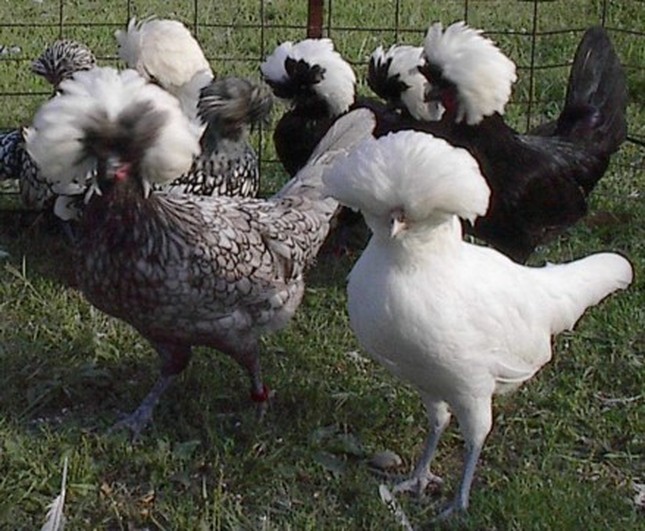
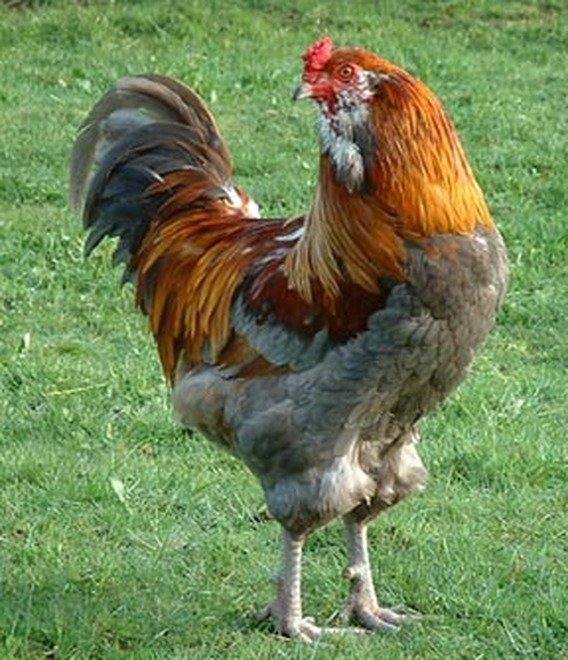

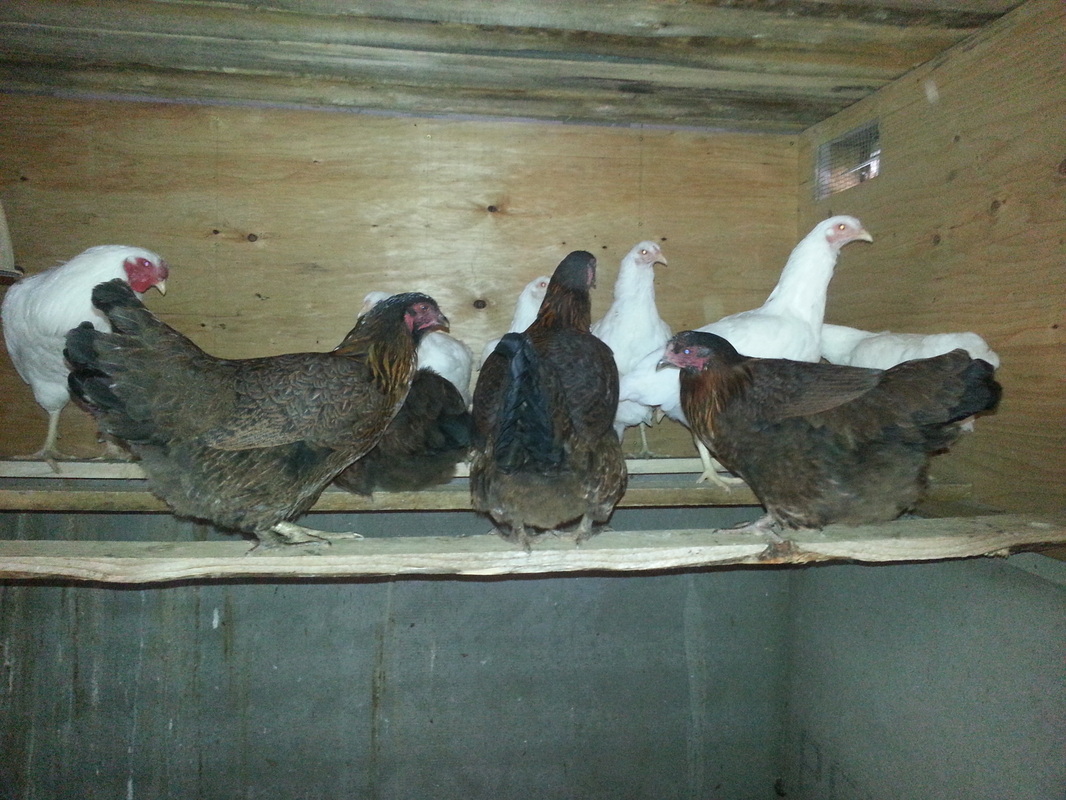
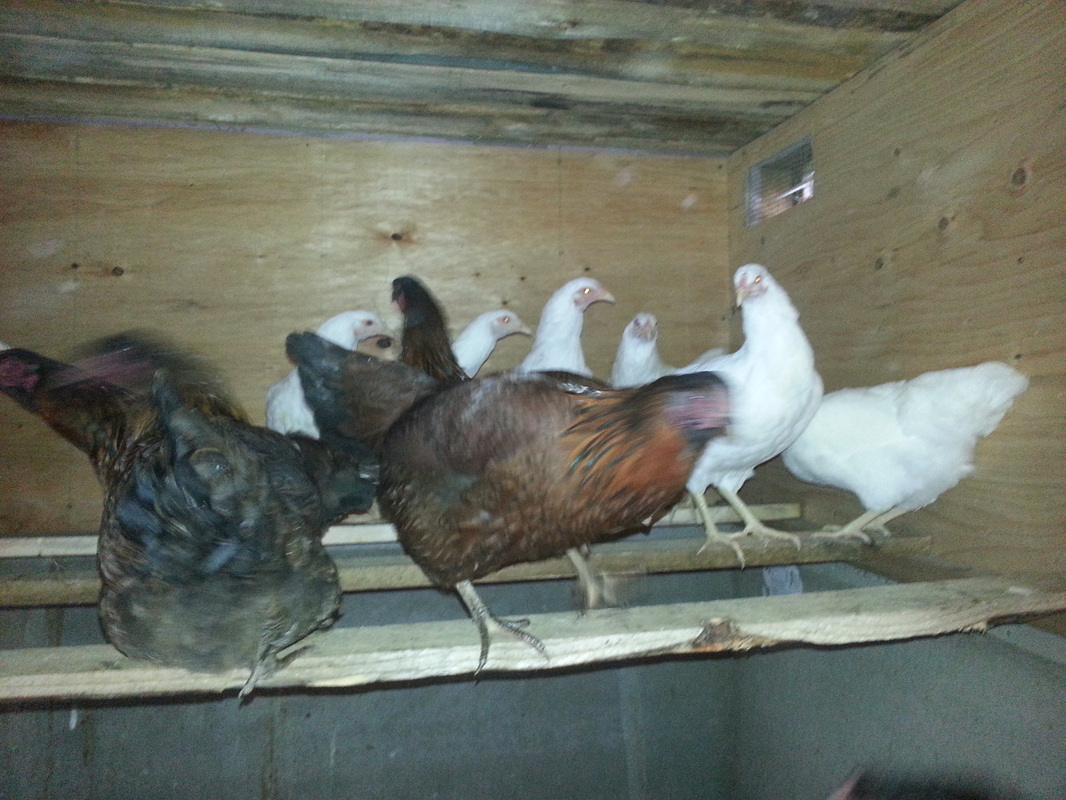
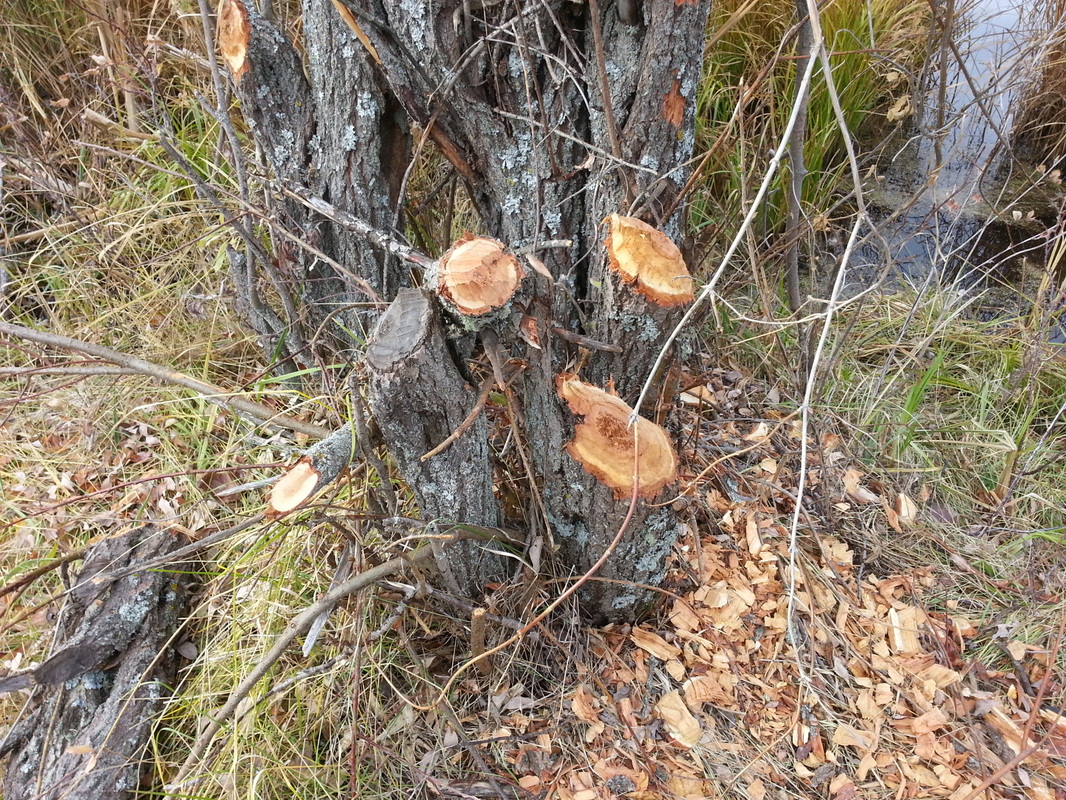

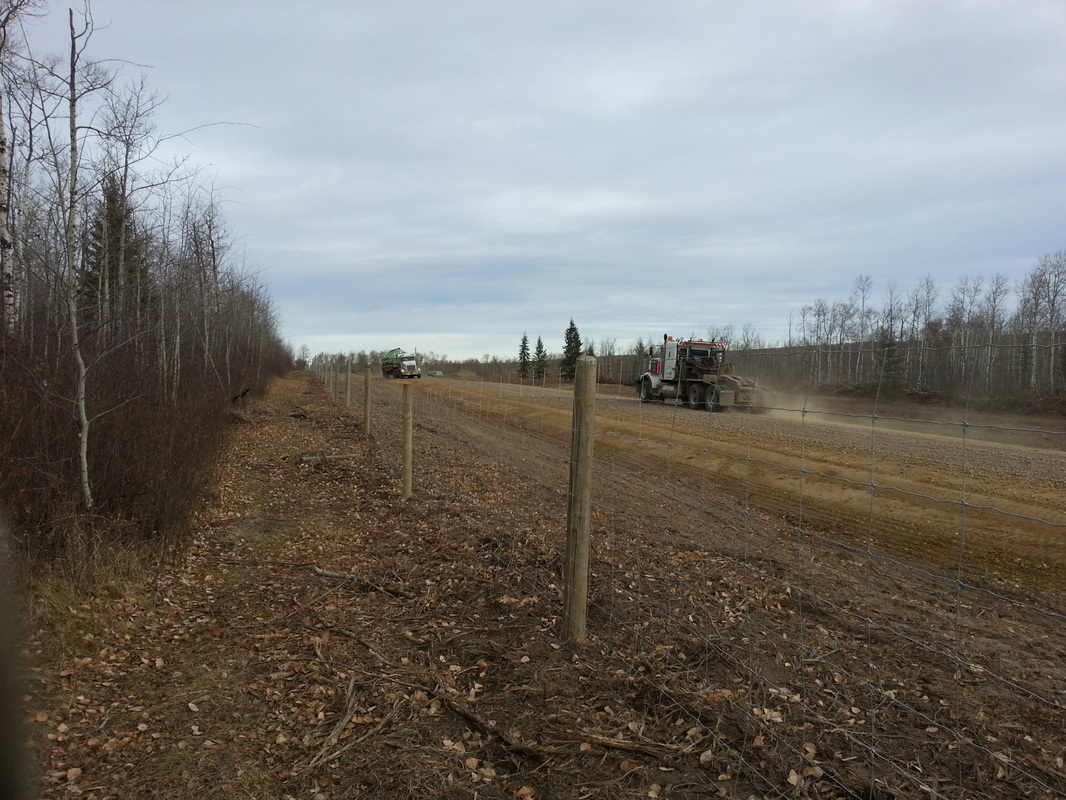




 RSS Feed
RSS Feed